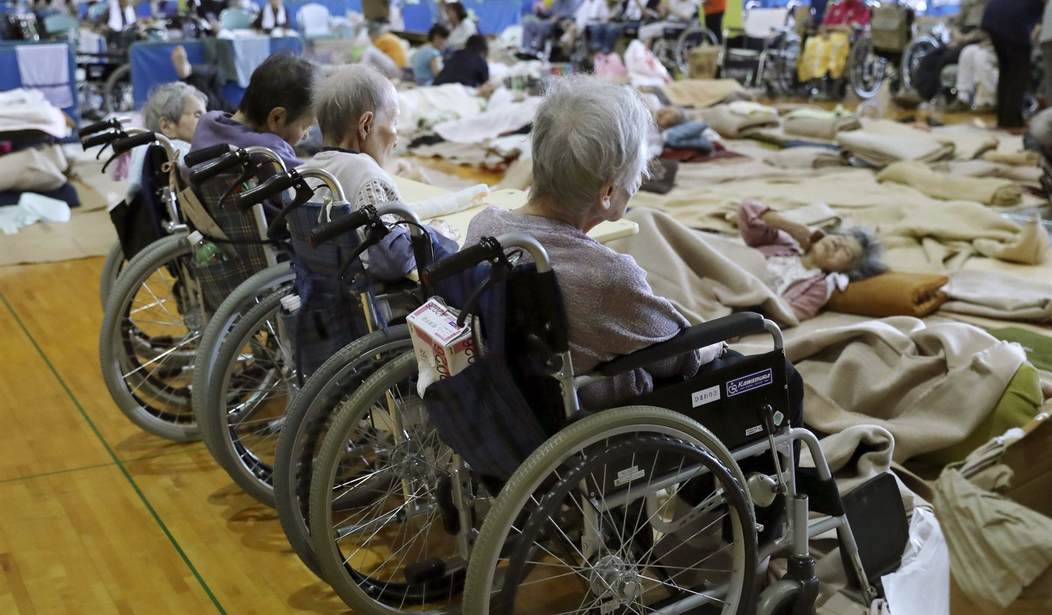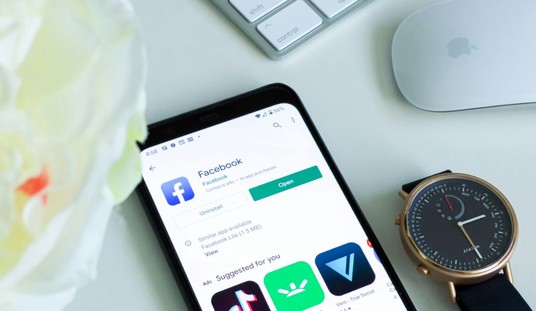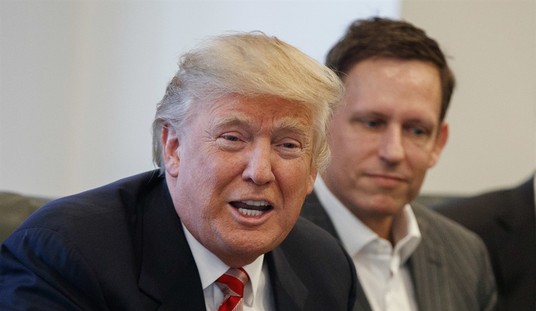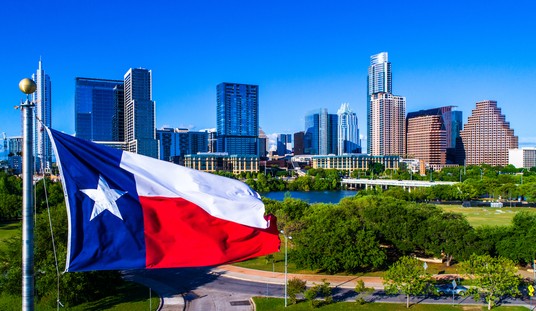Elderly citizens are exceptionally vulnerable to COVID-19. Ninety thousand, or 36% of official deaths, have been recorded in long-term care facilities. Strategies like lockdowns are intended in part to protect this population from the ravages of the virus.
But saved them from what, exactly?
As reported by The Associated Press, “[A]dvocates for the elderly say a tandem wave of death separate from the virus has quietly claimed tens of thousands more, often because overburdened workers haven’t been able to give them the care they need.”
A nursing home expert who analyzed data from the country’s 15,000 facilities for The Associated Press estimates that for every two COVID-19 victims in long-term care, there is another who died prematurely of other causes. Those “excess deaths” beyond the normal rate of fatalities in nursing homes could total more than 40,000 since March. [Emphasis mine.]
In too many cases, stopping a COVID death has meant isolation, loneliness, and neglect in the patient’s last months.
I had occasion to share my thoughts on senior care back in September. Eldercare was a daily reality for me from 2014 until 2017, when both my parents passed away a few months apart.
Mom spent the last three years of her life in a nursing home. She was slowly slipping away with dementia, but remained as a sweet teenager still in love with my Dad to the end. He saw her nearly every day, but was unable to take care of her. These Depression-era savers lived modestly, which meant at the end Mom could afford a private sitter — an extra set of eyes and ears to insure proper care — in addition to the considerable expense of private nursing care.
There are good nursing homes and not-so-good nursing homes, but in the end, each one is a business. In 2017, my parents could afford a good sitter; with dementia, it’s more about preserving the patient’s dignity than it is about prolonging their life.
Take away visits from family and friends, and standards are bound to suffer.
Dad, by contrast, had all his faculties. We moved him into assisted living, a wonderful place where he made new friends. He never got used to the “chow”, as he called it. In his last three years, I listened to his old Navy stories many times over and came to appreciate just how socially engaged he was. … In a lockdown, Dad would have felt just as depressed and isolated as Mom [because he would have been denied his daily visits to her nursing home]. It may have been worse for him because he had the capacity to understand.
My parents died in their 92nd year, their 73rd year together as husband and wife. Neither was afraid to die. Toward the end …
… Dad became more patriotic than ever. He would tear up at the sight of a flag, and military displays on TV invariably caused him to weep openly. He spoke constantly of how he cherished our God-given freedoms and how his grandchildren and great-grandchildren represented our nation’s future.
Our nation has blundered in this pandemic because we have focused on counting that which is easily counted: COVID deaths and infection rates. Our strategy has been to keep those numbers low at all costs. When you’re an epidemiologist, every problem looks like a novel coronavirus.
Who is keeping score of the diffuse (but real) negative costs of our response? Not just hidden nursing home deaths, but suicide, drug overdose, domestic abuse, depression, anxiety, and mental illness are part of the tally. So are the consequences of delayed and deferred health care.
It remains to be seen if the vaccines will be effective and for how long. Political leadership seems to be slouching toward renewed lockdowns. We need clear-headed leadership who realizes that dealing with COVID is not a one-dimensional problem; interminable rolling lockdowns are of limited use.
At some point, we must get back to normal.














Join the conversation as a VIP Member